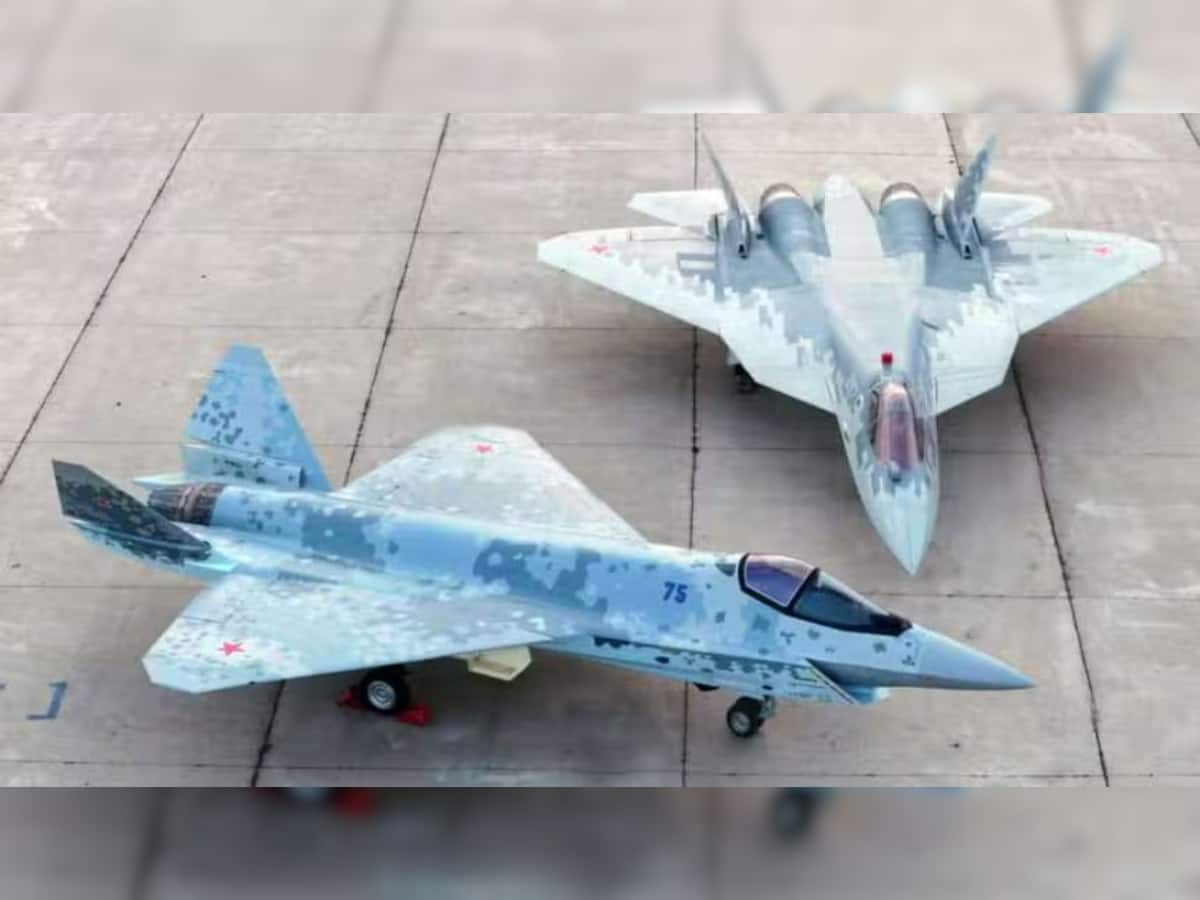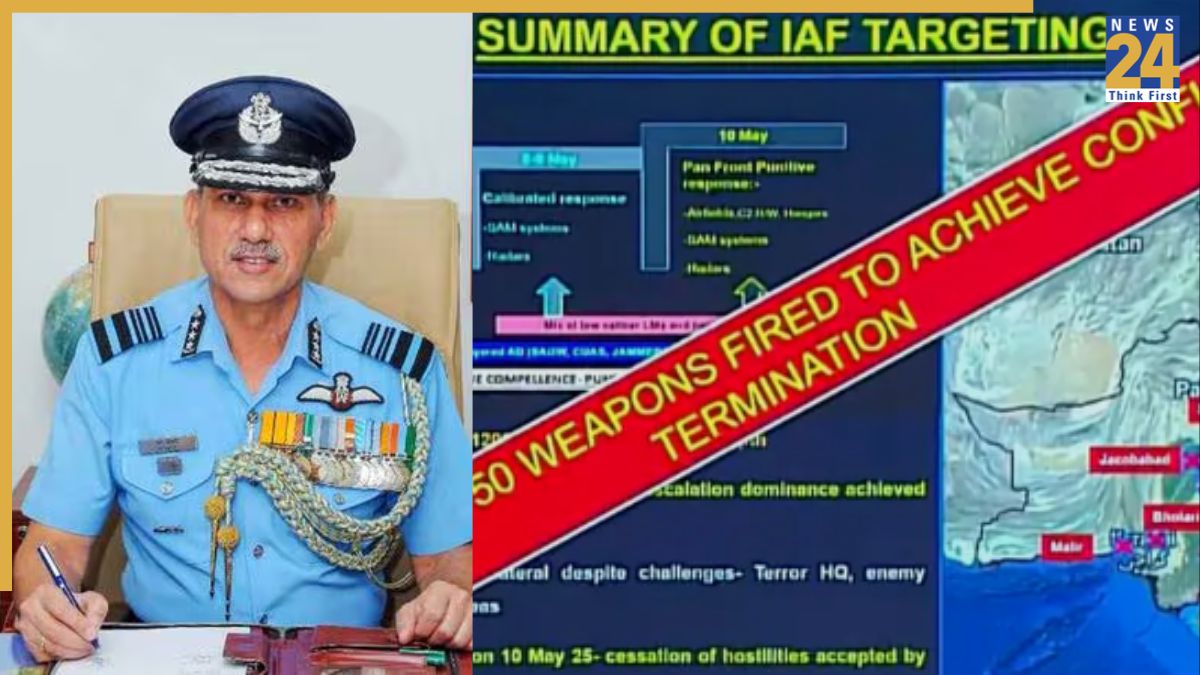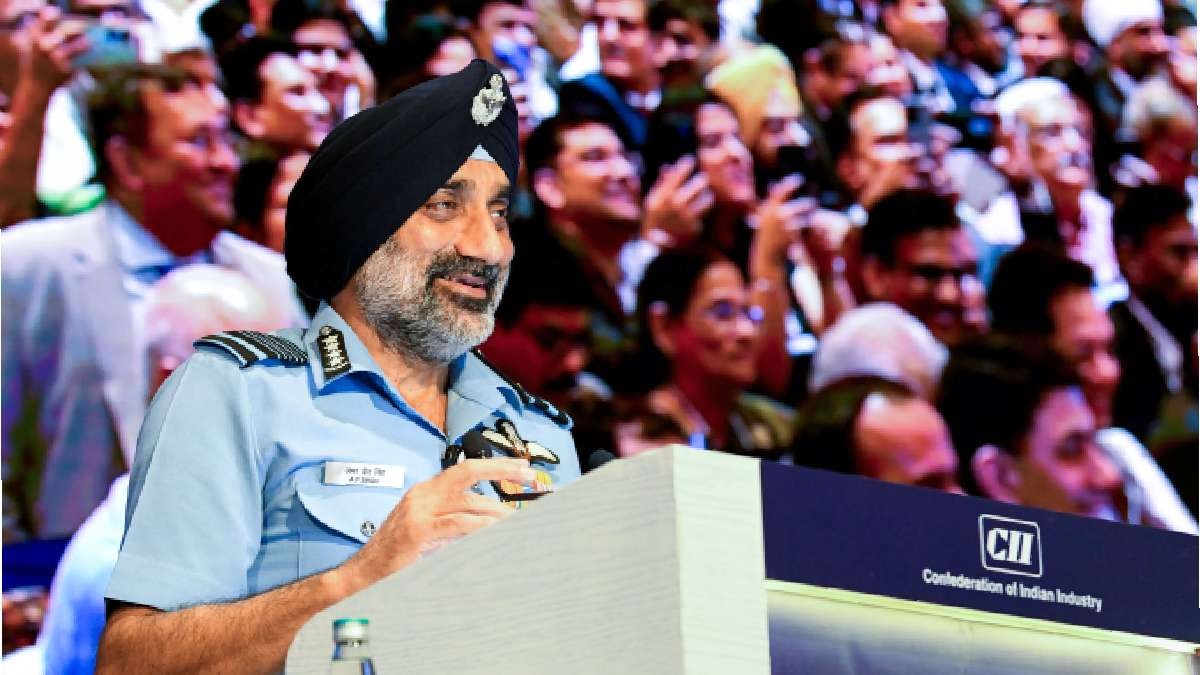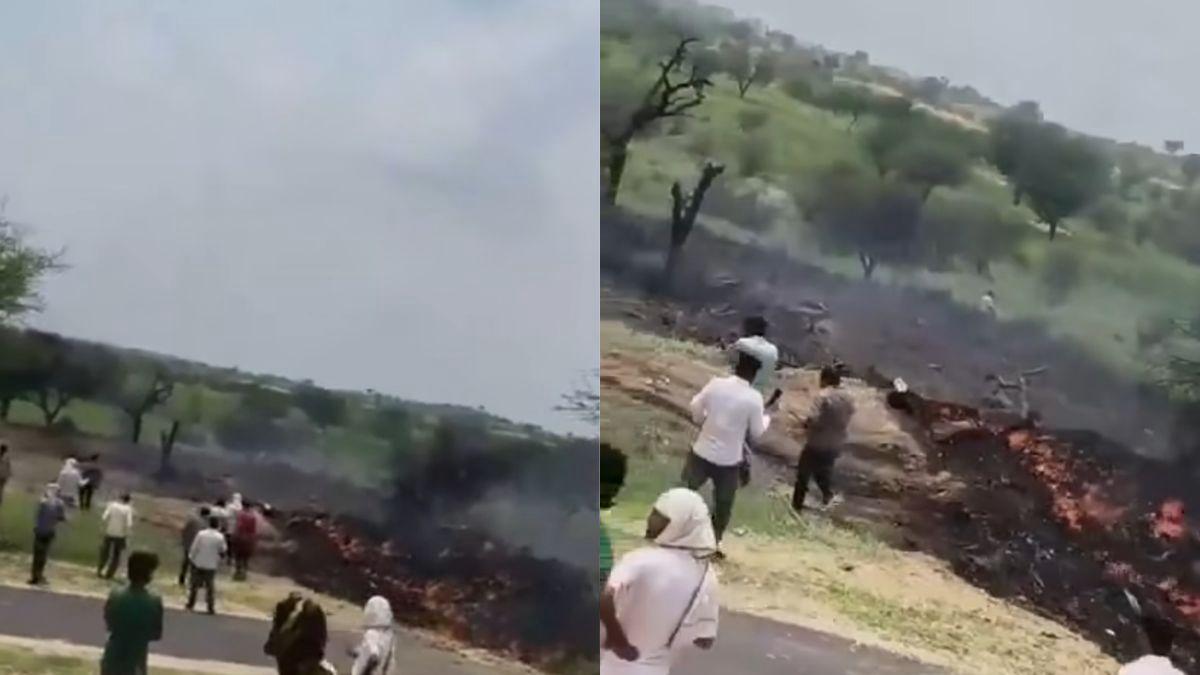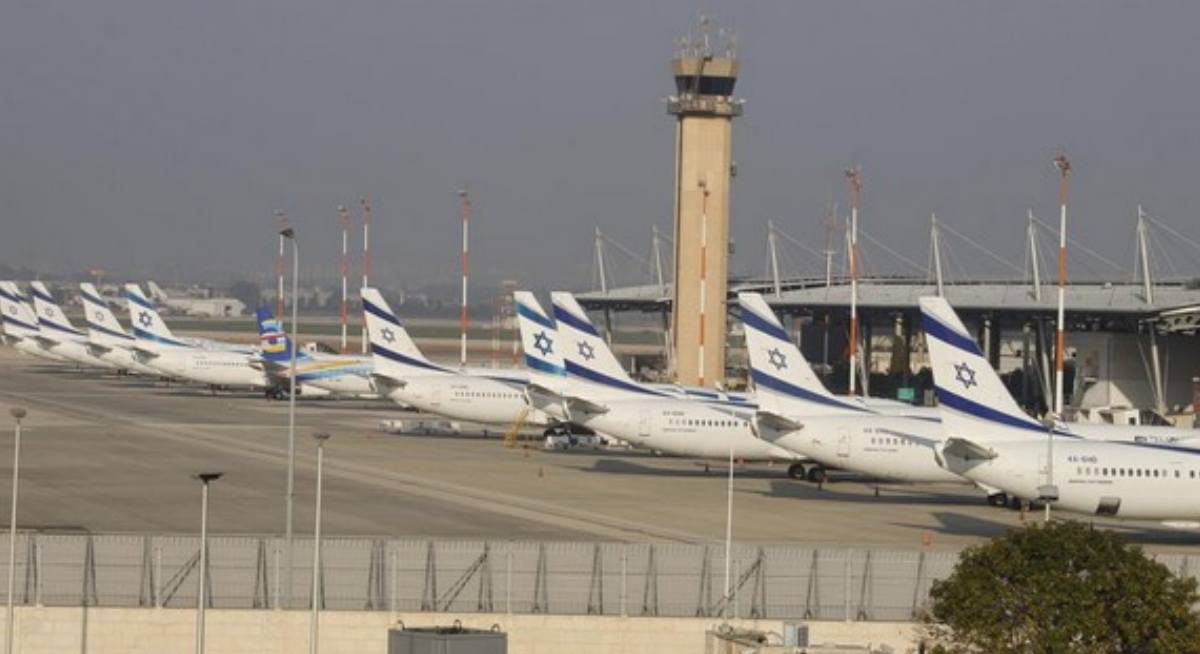Subscribe to Updates
Get the latest creative news from FooBar about art, design and business.
Browsing: IAF
IAF Chief AP Singh: Operation Sindoor Claims Five Pakistani Fighter Jets and a Large Aircraft
2 Mins Read
Air Chief Marshal Amar Preet Singh, the Indian Air Force Chief, announced on Saturday that five Pakistani fighter jets and one large…
IAF Jaguar Trainer Jet Crashes in Rajasthan’s Churu, Resulting in Fatalities for Both Pilots
1 Min Read
An Indian Air Force (IAF) Jaguar Trainer aircraft has crashed near Banoda village in Churu district, Rajasthan, during a routine training exercise.…
Following US strikes on key Iranian nuclear sites, Israel has closed its airspace to all inbound and outbound flights. This decision was…


